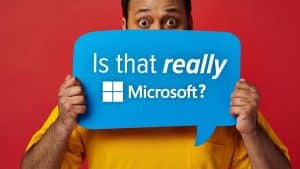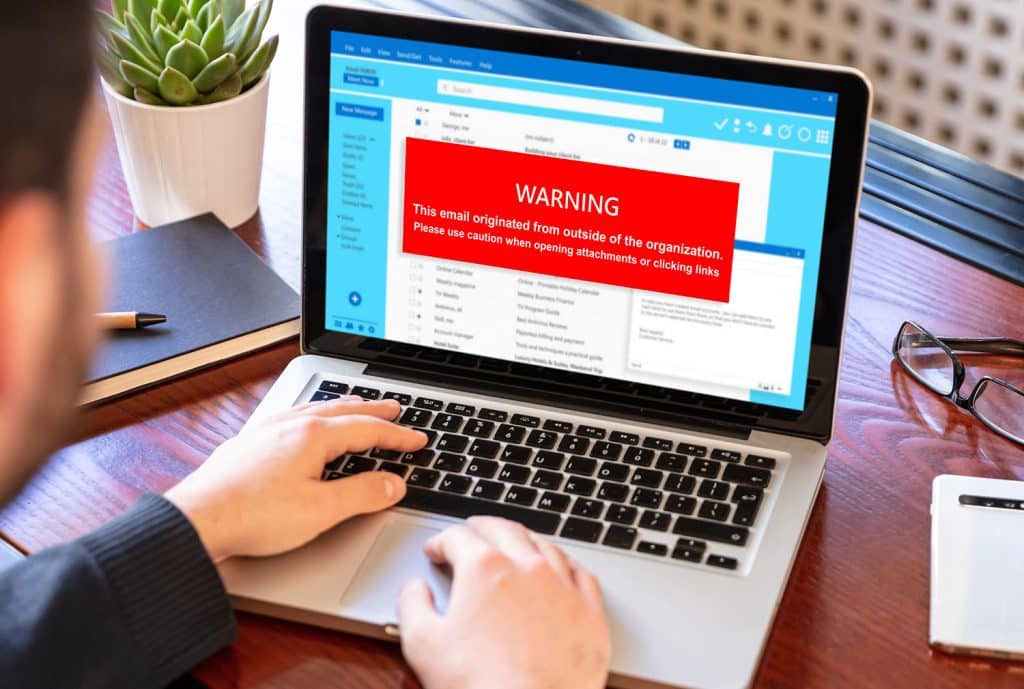In the ever-evolving digital landscape, email remains one of the most vital communication tools for businesses worldwide. However, it’s also a prime target for cybercriminals. According to recent studies, email is responsible for more than 90% of all cyberattacks, including phishing, spear-phishing, and email spoofing. In this context, Domain-based Message Authentication, Reporting, and Conformance (DMARC) has emerged as a crucial protocol for organizations aiming to safeguard their email domains and protect their brands.
What is DMARC?
DMARC is an email authentication protocol that builds upon existing standards such as SPF (Sender Policy Framework) and DKIM (DomainKeys Identified Mail). It allows domain owners to publish policies that dictate how incoming email should be handled if it fails SPF and/or DKIM checks. By doing so, DMARC helps to:
- Prevent Email Spoofing: DMARC allows the domain owner to specify how to deal with emails that fail authentication checks, which helps to prevent cybercriminals from sending emails that appear to come from your domain.
- Protect Brand Reputation: Phishing attacks and spoofed emails can severely damage a company’s reputation. Implementing DMARC helps protect your brand by ensuring that only legitimate emails are sent from your domain.
- Improve Email Deliverability: By using DMARC, businesses can improve their email deliverability rates, as authenticated emails are less likely to be marked as spam by email service providers.
- Gain Visibility and Insights: DMARC provides detailed reports on who is sending emails on behalf of your domain. This visibility is invaluable for detecting and mitigating unauthorized use of your domain.
How Does DMARC Work?
DMARC works by aligning the results of SPF and DKIM with the “From” header in an email. When an email is sent, the receiving mail server checks the DNS records of the sender’s domain to determine if SPF and DKIM are implemented and whether the email passes these checks. If the email fails, the receiving server consults the DMARC policy to decide how to handle the message, which can include:
- No Action (Monitor Mode): The email is delivered normally, and reports are sent to the domain owner for monitoring purposes.
- Quarantine: The email is marked as spam or moved to a junk folder.
- Reject: The email is rejected and not delivered to the recipient’s inbox.
Implementing DMARC: Best Practices
Implementing DMARC can seem daunting, but following these best practices can help streamline the process:
- Start with Monitoring Mode: Initially, set your DMARC policy to “none” to monitor email traffic without affecting deliverability. This allows you to gather data and understand who is sending emails on behalf of your domain.
- Analyze Reports: Regularly review DMARC reports to identify legitimate senders that may not be fully compliant with your SPF and DKIM policies. This is crucial for fine-tuning your authentication mechanisms.
- Gradually Enforce Policies: Once you’re confident in the accuracy of your SPF and DKIM implementations, gradually move your DMARC policy to “quarantine” and then “reject.” This phased approach reduces the risk of inadvertently blocking legitimate emails.
- Maintain DNS Records: Regularly update and maintain your SPF and DKIM records to reflect changes in your email-sending infrastructure. This ensures ongoing compliance with DMARC.
- Educate Your Team: Ensure that your IT and cybersecurity teams are well-versed in DMARC, SPF, and DKIM. A well-informed team is essential for maintaining the effectiveness of your email security protocols.
The Impact of DMARC on Cybersecurity
DMARC plays a pivotal role in the broader context of cybersecurity. By preventing email spoofing, it reduces the risk of phishing attacks, which are often the entry point for more sophisticated cyber threats such as ransomware and data breaches. Moreover, DMARC helps organizations build trust with their customers, partners, and stakeholders by ensuring that their emails are authentic and secure.
For businesses in industries where trust and security are paramount—such as finance, healthcare, and e-commerce—DMARC is not just a technical implementation but a strategic imperative. It’s a proactive measure that not only protects your brand but also contributes to the overall health of the internet by reducing the prevalence of malicious emails.
Conclusion
In an era where email remains the backbone of business communication, protecting your domain from misuse is more critical than ever. DMARC offers a robust solution to safeguard your emails, protect your brand, and enhance your cybersecurity posture. Whether you’re just starting with DMARC or looking to refine your existing implementation, understanding and leveraging this protocol is essential for staying ahead in the fight against cyber threats.
As more organizations adopt DMARC, the internet becomes a safer place for all. Don’t wait for a phishing attack to target your domain—take action now and make DMARC a cornerstone of your email security strategy.
By implementing DMARC, you not only protect your organization but also contribute to the larger effort of securing the digital ecosystem. As email continues to be a critical communication tool, making it secure is a shared responsibility, and DMARC is a key part of that equation.
If your wish to know how your domain scores from a DMARC rating please see here: https://intalect.co.uk/know-your-email-score/.
Or, if you need any other assistance or advice regarding what you have read in this article please get in touch of use the book a call link on our website which can be found at the bottom of the page here:





